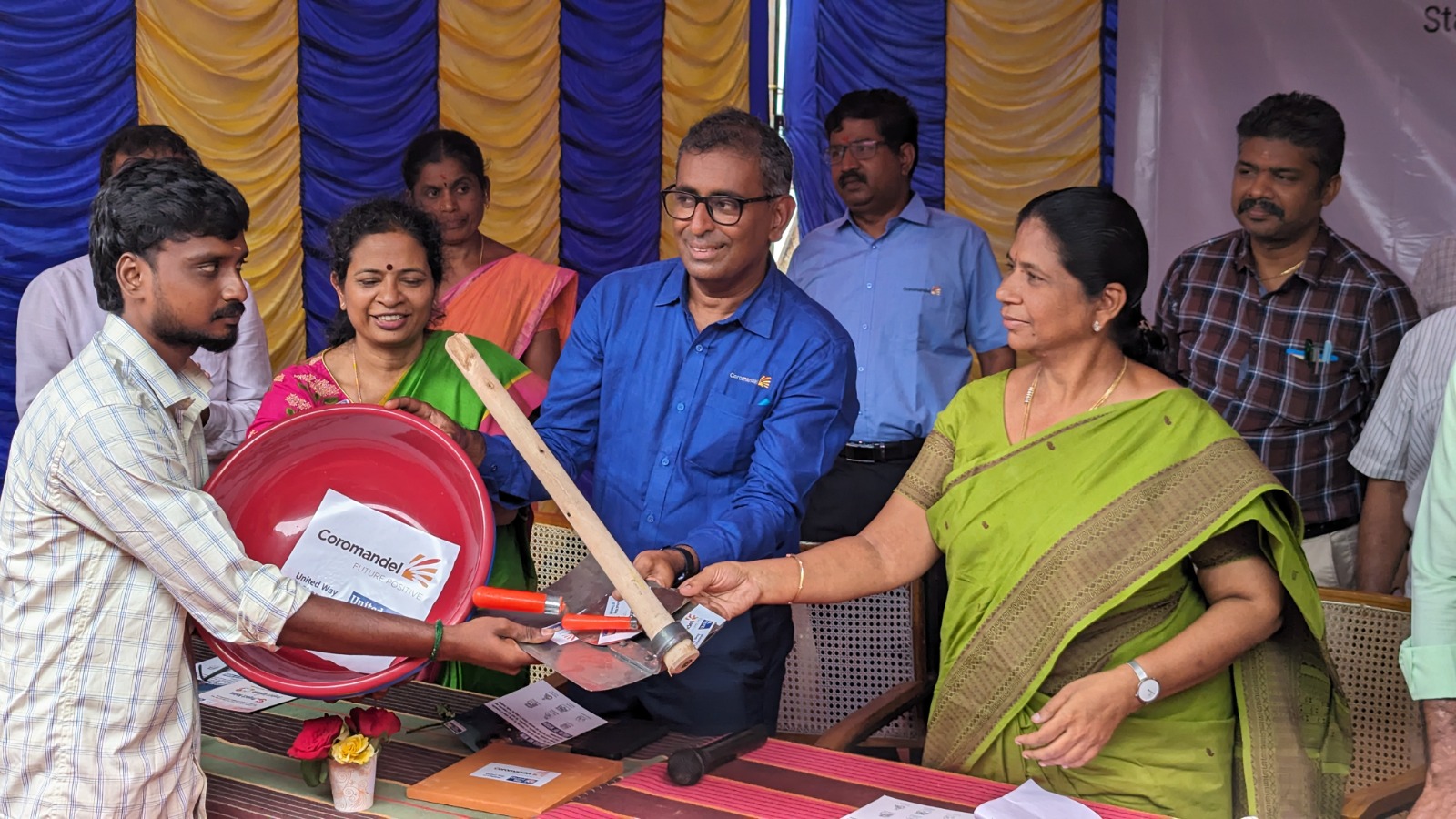Trending Now
- 830 voters names go missing in Kavundampalayam constituency
- If BJP comes to power we shall consider bringing back electoral bonds: Nirmala Sitaraman
- Monitoring at check posts between Kerala and TN intensified as bird flu gets virulent in Kerala
India News
Rajya Sabha election: How MPs are elected to the upper house
![]() June 19, 2020
June 19, 2020
Election to the Rajya Sabha is not held in the Rajya Sabha house but on the floor of state legislative assemblies. At present, election for 19 Rajya Sabha seats is underway across eight states. Of the 24 seats on offer, five have been elected unopposed – four in Karnataka and one in Arunachal Pradesh.
A Rajya Sabha election does not have the charm of the Lok Sabha polls but this one is not a boring affair either. For an insight into the political equations for each seat you may read this IndiaToday.in report.
In this article we will explain how a Rajya Sabha MP gets elected.
Members of the Rajya Sabha are elected by MLAs on the floor of state assemblies through proportional representation by means of single transferable vote.
This means each MLA can mark her preference such as ‘first’, ‘second’, ‘third’ and so on as per the number of candidates in the fray.
To win a Rajya Sabha election, a candidate needs to poll more votes than the quota calculated according to a specific formula. If a candidate polls more first preferential votes than the quota, her surplus votes are allocated to respective second preferential candidates.
HOW VOTE QUOTA IS CALCULATED
The vote quota is required in states where more than one candidate is to be elected to the Rajya Sabha. If there is just one vacancy or one Rajya Sabha seat from the state, the candidate who gets more vote wins.
In states where election is held for more than one seat, each MLA is assigned a value of 100. To arrive at the vote quota value, the number of MLAs is multiplied by 100.
This number is divided by the number of vacancies plus one that are to be filled.
Let’s take the example of Gujarat, where Rajya Sabha election is likely to be an extremely close contest. Here, the effective strength of the state assembly is 172. Gujarat Legislative Assembly has 10 vacancies – eight resignations and two court cases.
So, total value of votes in Gujarat is 1,72,00. This number will be divided by 4+1 (four Rajya Sabha vacancies). The result is 3,440. This is the winning vote. This translates into the vote of 34.4 MLAs. Rounding it off takes it to 35 MLAs. Obviously, an MLA cannot divide her vote into two half-votes.
HOW MLAs VOTE
MLAs get ballot papers with names of all candidates printed on them. The MLAs vote their preferences in numerals such as 1, 2, 3 and so on.
They have to use a violet sketch pen provided by the returning officer to mark their preference and vote. If the MLA uses another pen or ink, her vote would become invalid and get rejected.
Prior to the Atal Bihari Vajpayee government, the Rajya Sabha election used to be held through secret ballot. It was the Vajpayee government that introduced an open ballot system for these elections.
This move was challenged in the Supreme Court by journalist Kuldip Nayar. In 2006, the Supreme Court found open ballot voting in Rajya Sabha election as a sound practice.
RULES TO COUNT VOTES
First preferential votes are counted first. Candidates who secure the required vote quota in this count are declared winners. Their surplus votes get transferred.
Following this, if all vacancies have not been filled, the second preferential votes are counted. Winner, if any, is declared. This process continues for next preferential votes till all vacancies have been filled.
Suppose a situation arises where all votes have been allocated and counted but the vacancies have still not been filled, then the candidate securing the least number of first preferential votes is eliminated and her votes transferred according to the second preferences.
The elimination continues till the vacancies have been filled.
WHY NUMBER VARIES FOR STATES
All states and Union Territories with state assemblies have respectively a fixed number of representation in the Rajya Sabha. Size of population is the guiding principle behind fixing the Rajya Sabha seats for a state. More population, more seats.
In 1950, when the Constitution came into full force, the Rajya Sabha had 216 seats. But over the years, with reorganisation of states the strength of the Rajya Sabha increased to current 245 seats. Accordingly, the share of different states were adjusted.
However, some states such as Tamil Nadu (18) may appear to have more seats in the Rajya Sabha compared to more populous states like Bihar (16). This is primarily because of more effective population control programmes in the state compared to others. Their Rajya Sabha seats were not revised downward as it might disincentivise the population control programmes.





















